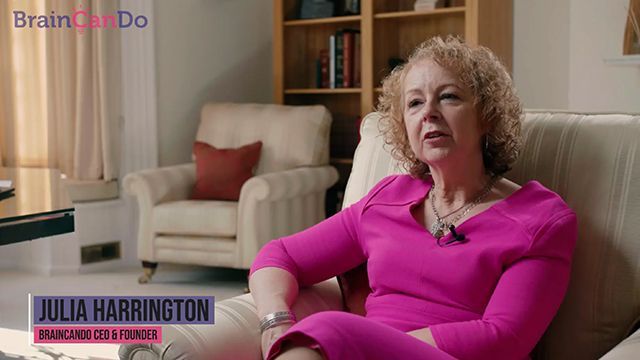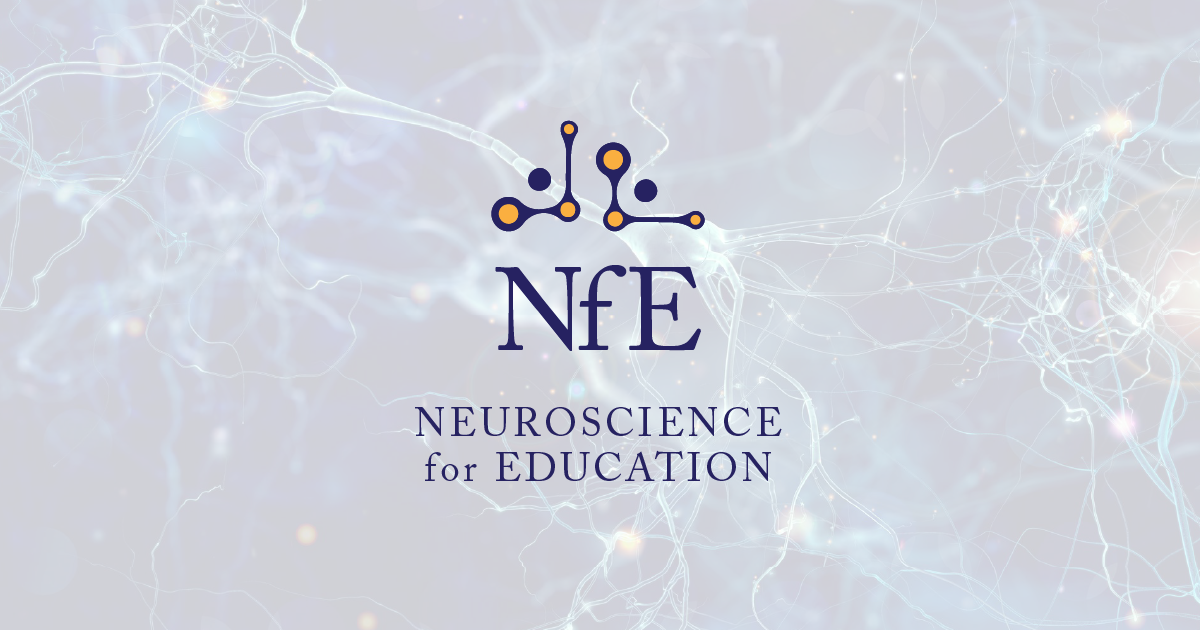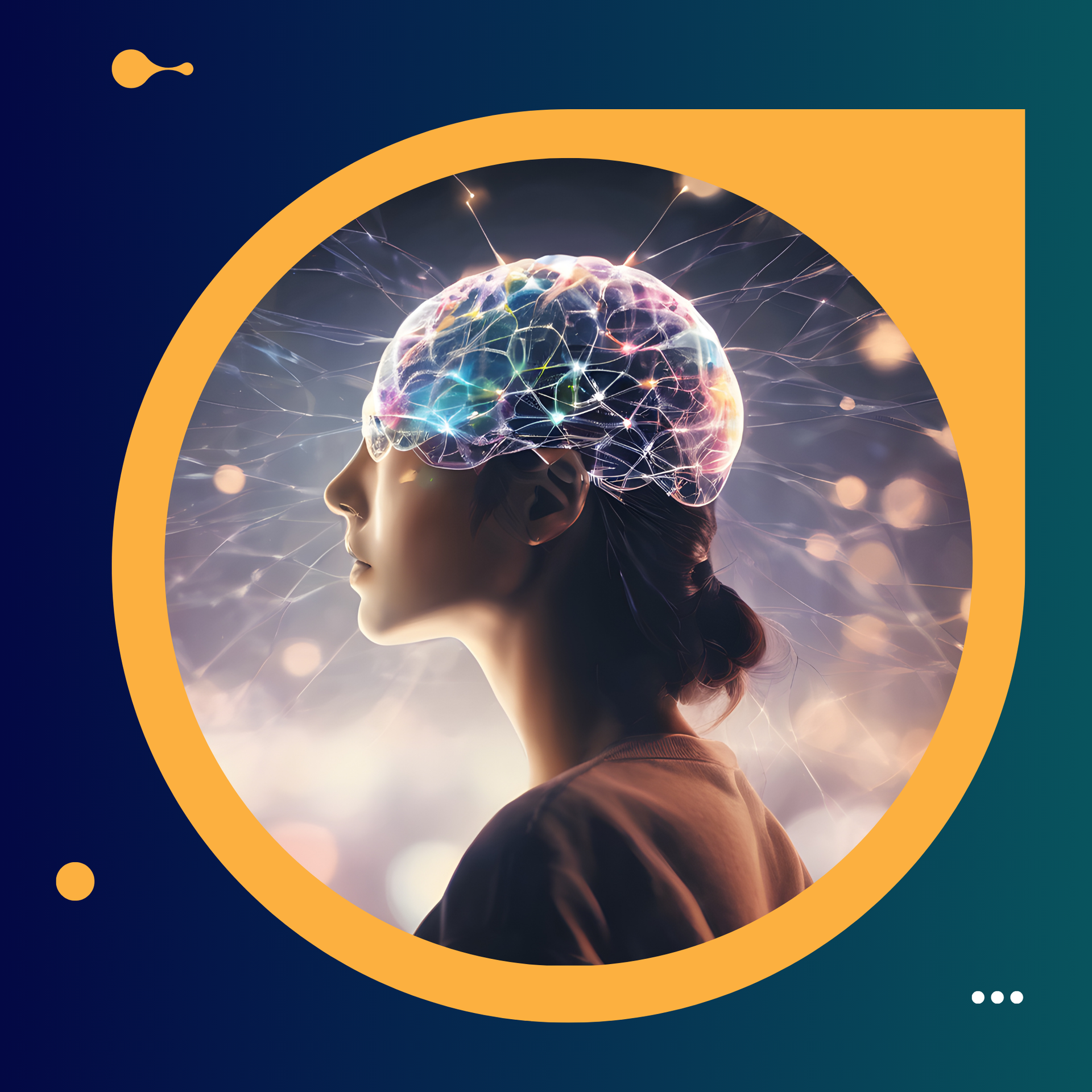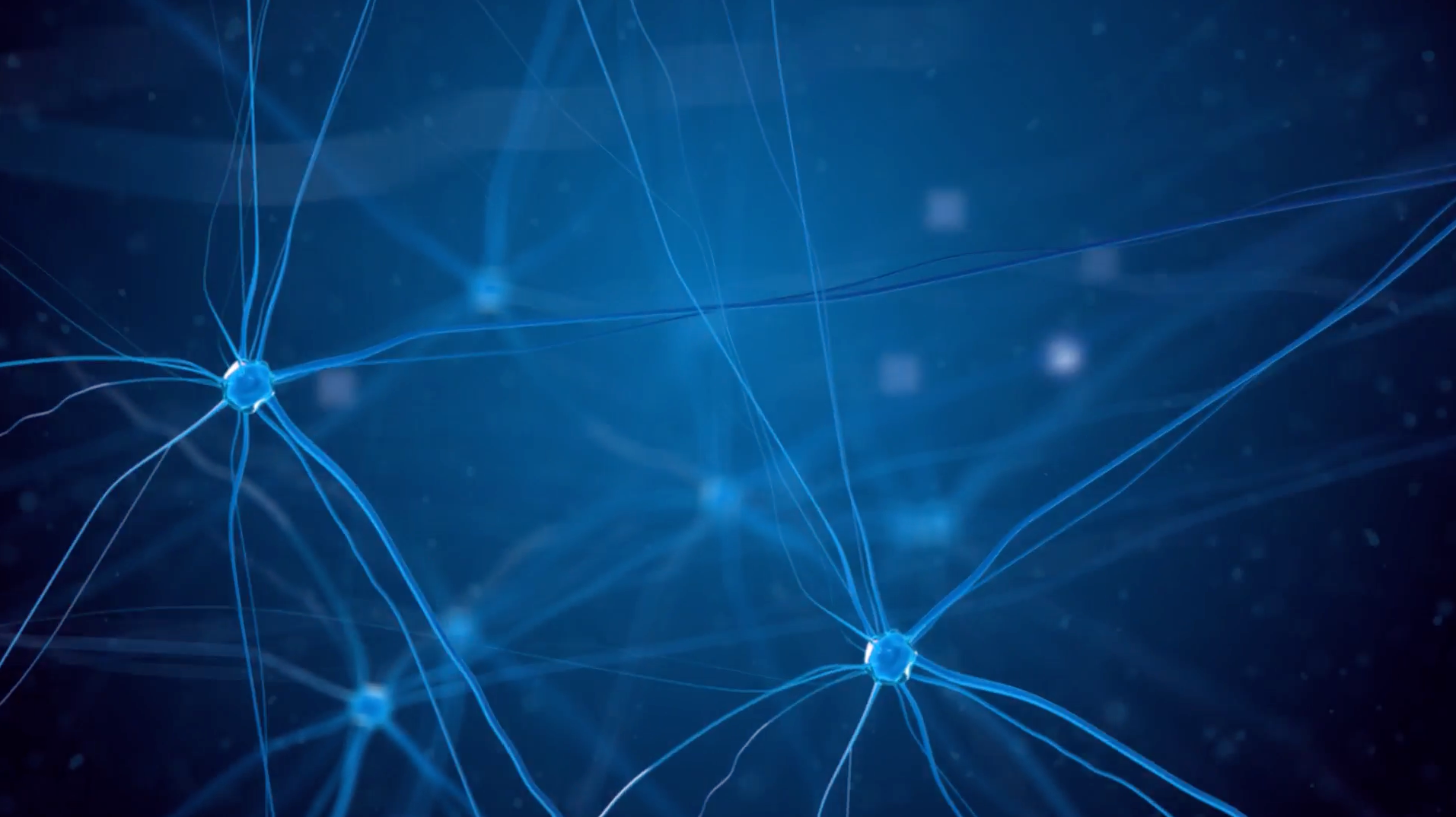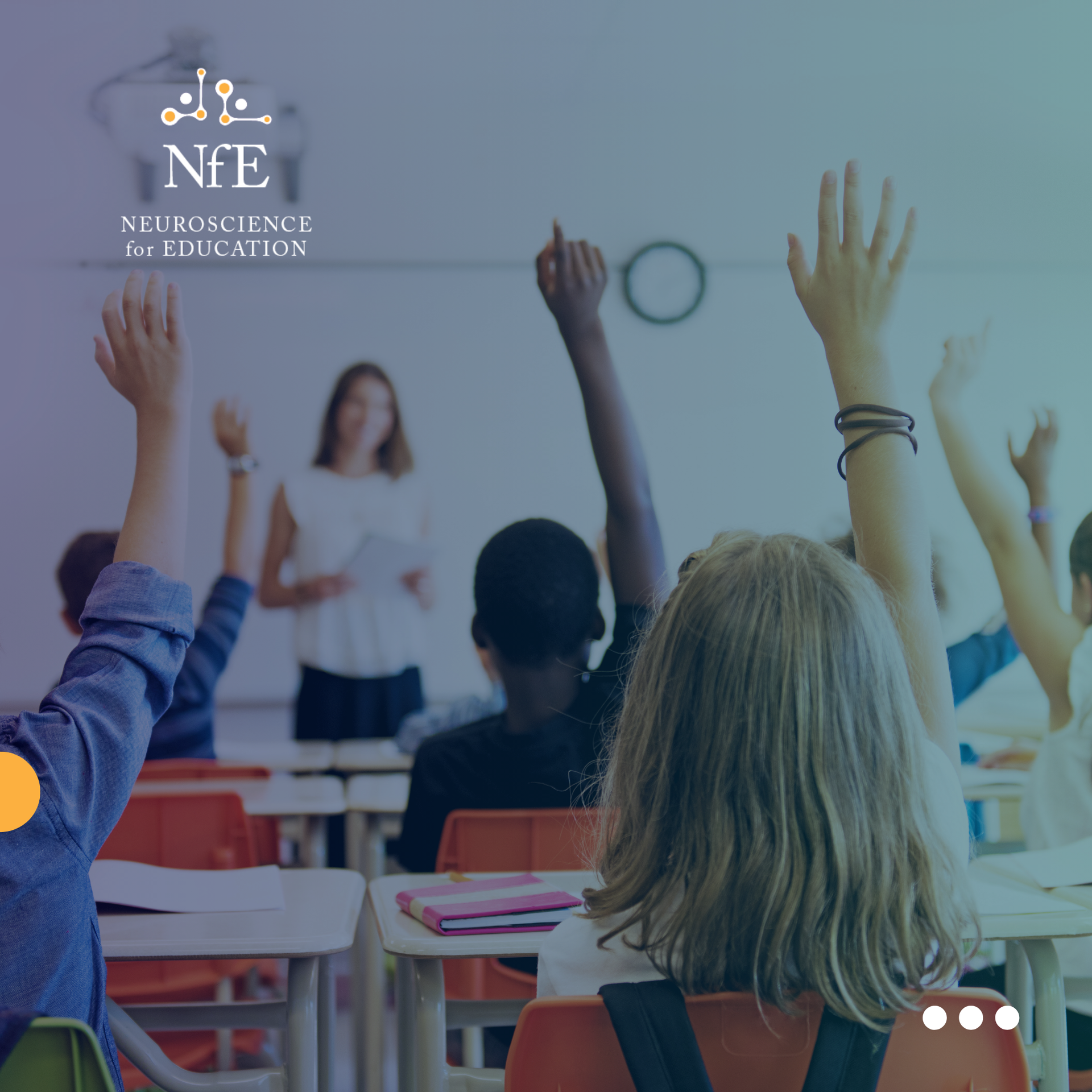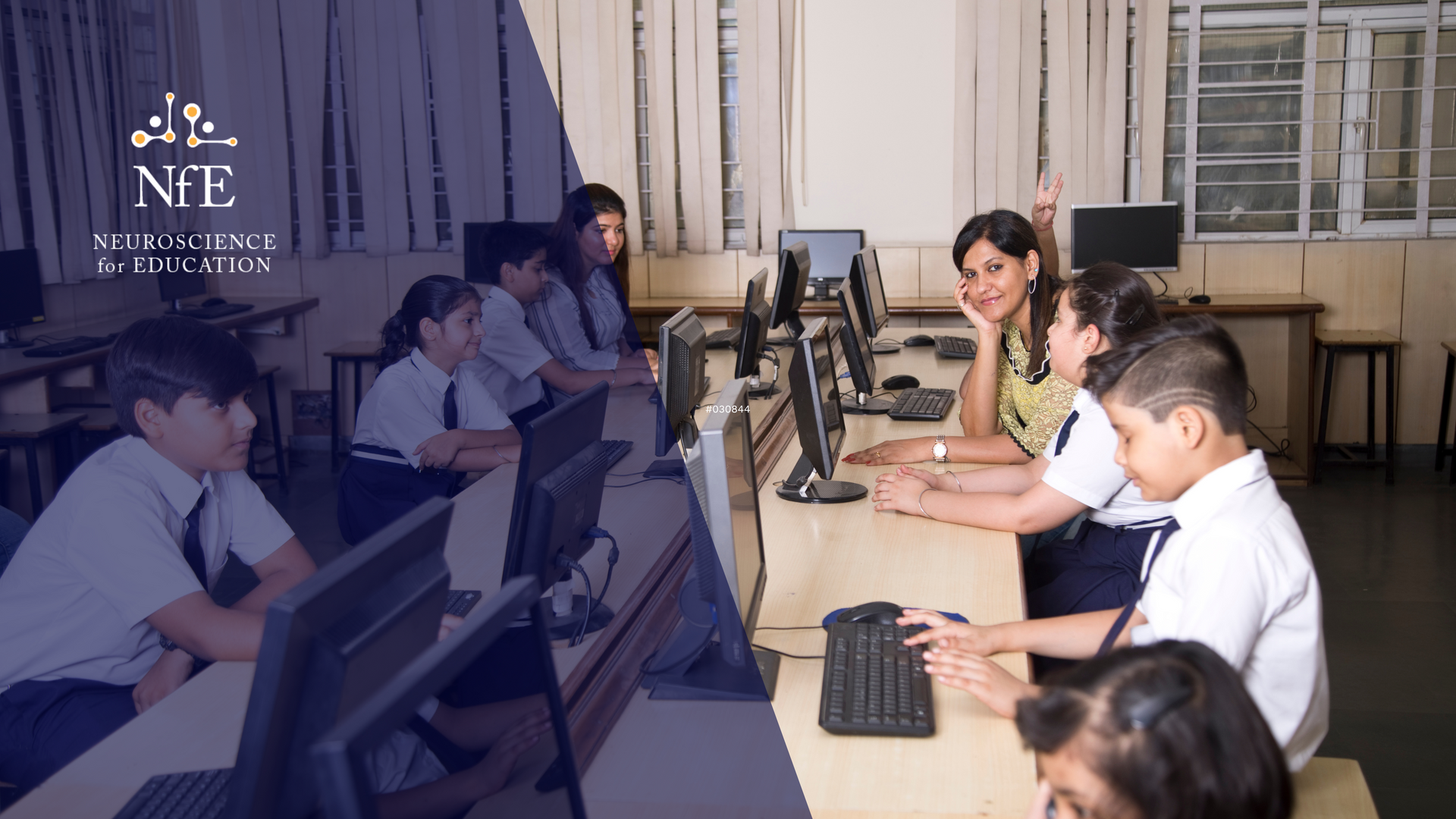Leading with the Brain in Mind: The Neuroscience of Conflict Resolution in Schools
How understanding the brain can help educational leaders resolve conflict effectively
Conflict is inevitable in schools — between staff, students, parents, and even within leadership teams. Yet, how leaders respond to conflict often determines whether it becomes a moment of division or an opportunity for growth.
This Conflict Resolution Day, it’s worth pausing to consider: what if the key to resolving conflict more effectively isn’t just emotional intelligence, but neuroscience?
A deeper understanding of how the brain reacts under pressure can help educational leaders stay calm, think clearly, and create fairer, more productive outcomes for everyone involved.
The Brain Under Pressure
When conflict arises, the amygdala—the part of the brain that responds to threat—can activate a stress response causing us to react less rationally than we do typically. This can manifest in leadership as aggression, avoidance, or non-assertion.
· The aggressive response says: “I must win.”
· The avoidant response says: “I’ll pretend this isn’t happening.”
· The non-assertive response says: “I’ll give in to keep the peace.”
None of these responses lead to sustainable solutions. The neuroscience of leadership shows that effective conflict resolution depends on activating the more rational decision-making systems responsible for reasoning, empathy, and planning. When we manage our emotions and stay grounded, we are better able to think flexibly, listen deeply, and respond rather than react.
The sweet spot between aggression and avoidance is assertiveness — the ability to express our own needs while respecting those of others. Assertiveness keeps both emotional regulation and empathy engaged, leading to more collaborative and fair outcomes.
Fairness: A Deeply Wired Need
Neuroscience research shows that the brain is hardwired to care about fairness. When we perceive fair treatment, the ventral striatum is activated, creating a sense of social reward. When we experience unfairness, however, regions in the brain that represent our beliefs and values (prefrontal cortex) and indicate how we feel about events (insula) are activated — which can result in us feeling frustration, resentment, and mistrust.
In schools, where hierarchies and competing pressures abound, leaders who understand this can prevent resentment by ensuring procedural fairness (clear, consistent processes) and distributive fairness (fair outcomes and recognition). Doing so keeps both hearts and minds engaged, even in challenging conversations.
Four Neuroscience-Informed Actions for Leaders
1. Plan for calm.
Before addressing a difficult issue, pause to regulate your state. Slow breathing, brief movement, or reframing the situation can restore balance and keep your rational brain engaged.
2. Clarify rights and responsibilities.
Ambiguity breeds conflict. Clearly define who holds which responsibilities — and what rights come with them. This transparency activates fairness networks in the brain and reduces the anxiety that uncertainty creates.
3. Lead with empathy.
Use your “theory of mind” — the brain’s ability to imagine another person’s perspective. This doesn’t mean you have to agree with everyone. Instead, by understanding how others think and feel you can increase the chances of engaging with challenge constructively and therefore building stronger relationships.
4. Communicate assertively.
Frame discussions with an equal focus on your own needs and the needs of others’. Say, “Here’s what I need e.g. from this meeting”, — and “I want to understand what you need too.” Assertive language activates cooperation rather than defensive circuits in the brain.
The Neuroscience Advantage
Leadership in education is as much about managing emotions as it is about managing strategy. Neuroscience helps leaders understand not just what happens in conflict, but why. By understanding the way the brain works — and learning how to guide this effectively — leaders can move from reaction to reflection, from confrontation to collaboration.
Our Neuroscience for Educational Leaders programme goes beyond traditional leadership training to show how the brain’s networks underpin decision-making, resilience, and empathy. It offers the tools to lead with both confidence and compassion — skills that transform not just conflict, but culture.
This Conflict Resolution Day, take the first step toward leading with the brain in mind. Because when we understand how the brain works, we can work better with people.
